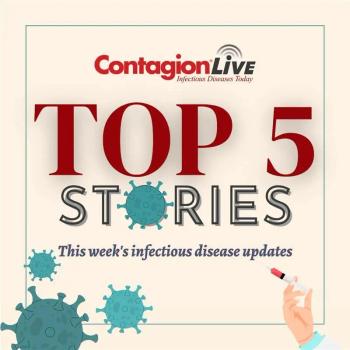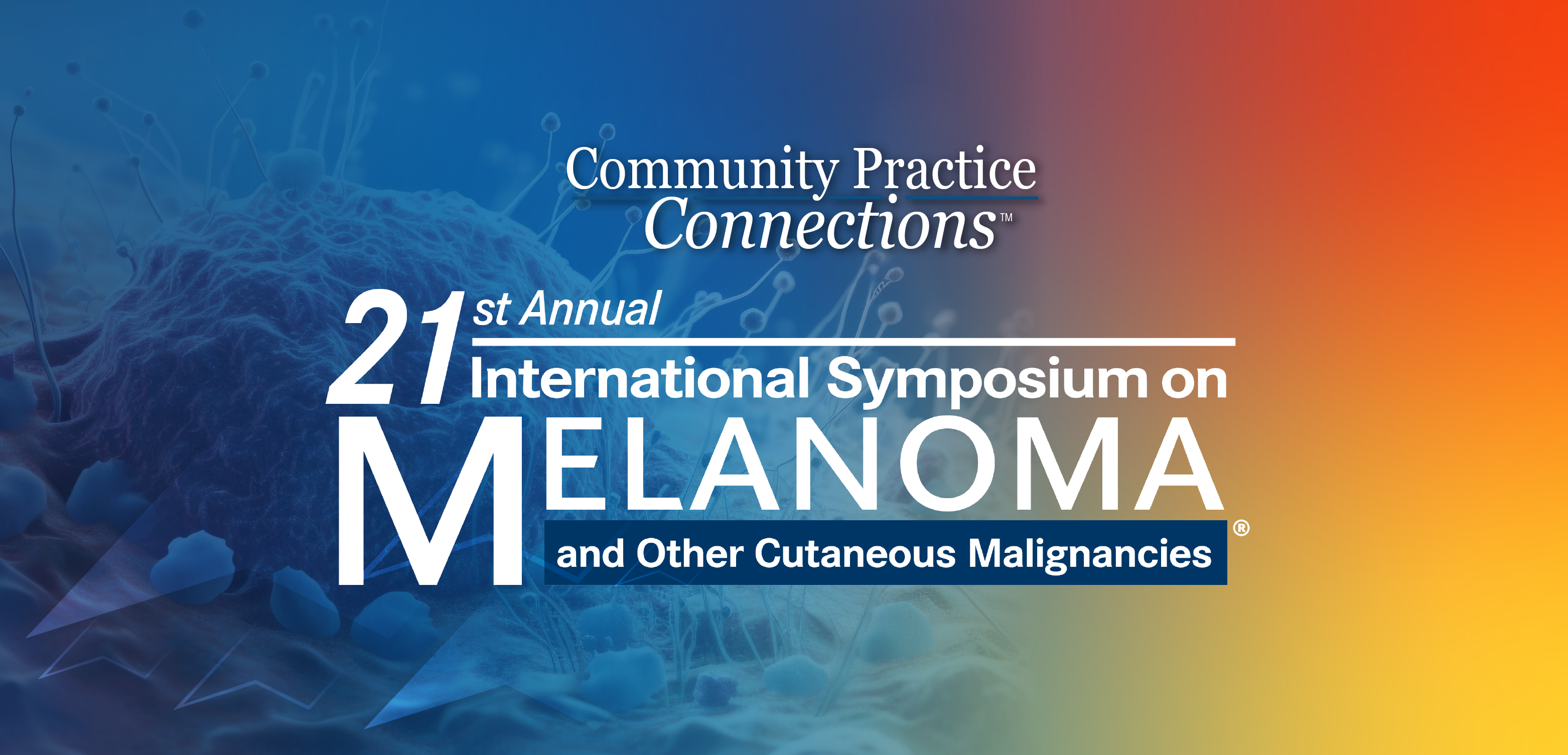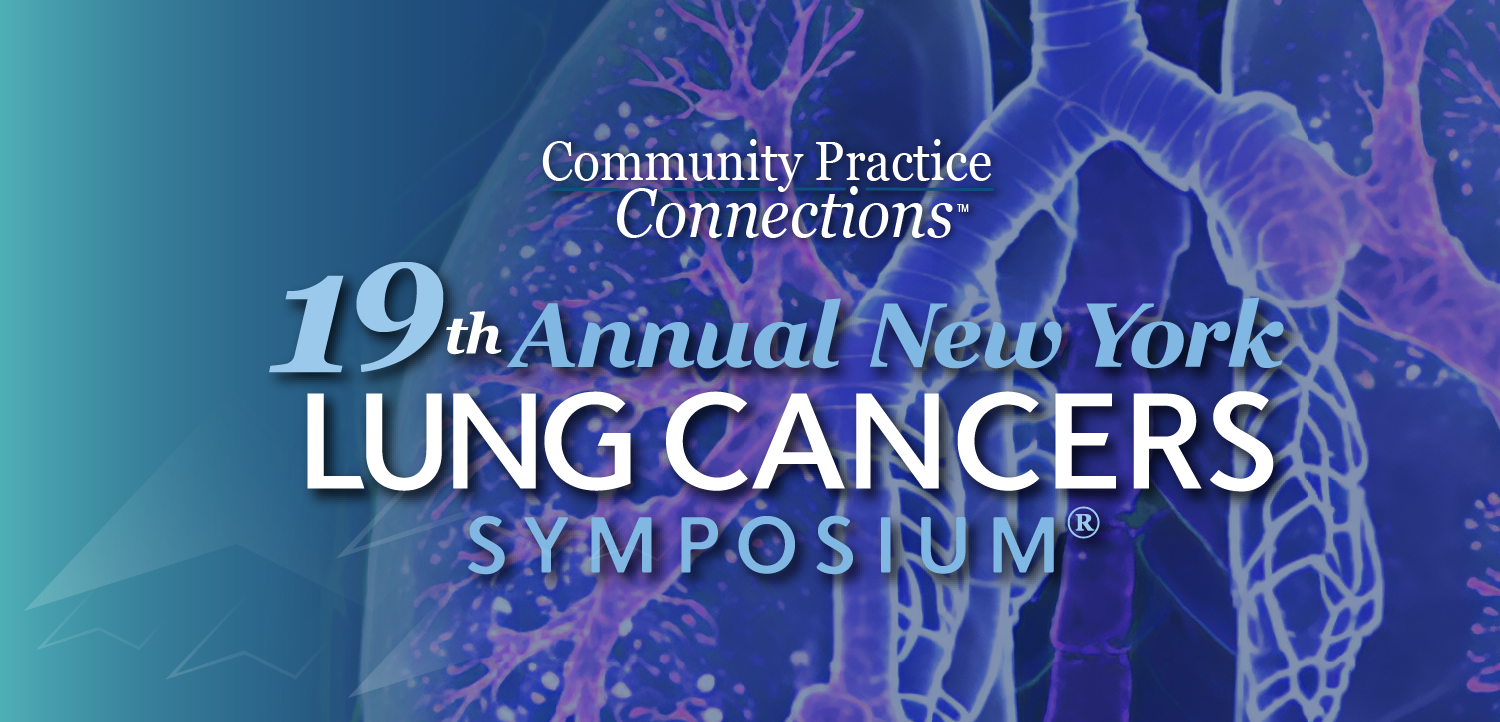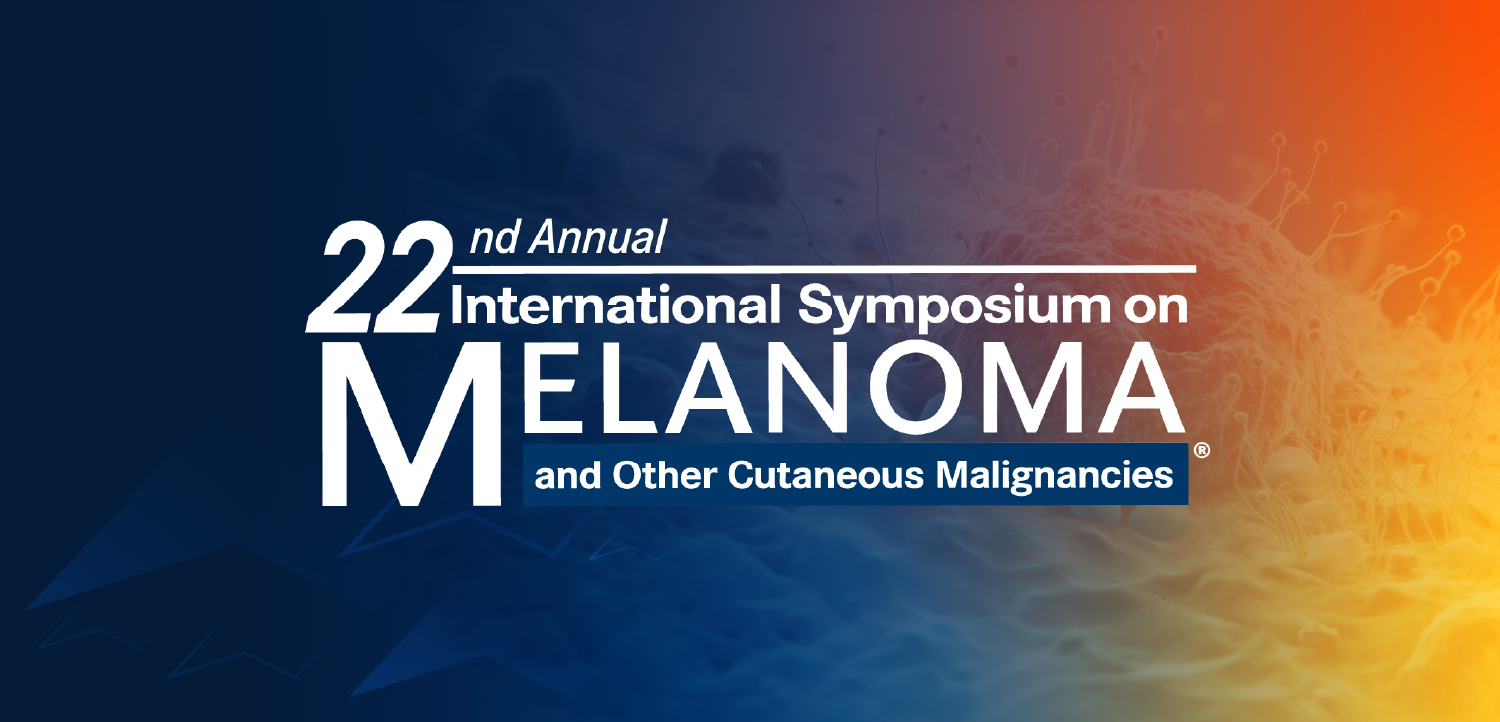The European Food Safety Authority (EFSA) and several European agencies have assessed the impact of non-medical uses of azole fungicides on the emergence of azole-resistant Aspergillus species. Their review highlights concerns over environmental exposure to azoles, which may contribute to resistance in Aspergillus, particularly A fumigatus.1
According to the US CDC, A fumigatus is a common mold found in the environment that can cause severe infections, particularly in people with weakened immune systems. It is the leading cause of invasive mold infections in humans. Concerns have grown due to A fumigatus developing resistance to antifungal medications, making infections more difficult to treat.2
Azoles, a class of fungicides, are widely used in agriculture and other sectors, with approximately 120,000 tonnes sold annually in the EU/EEA for non-medical purposes, such as plant protection and biocides. This use is predominantly in agriculture, where azoles are applied as plant protection products. Evidence from 2010 to 2021 suggests a strong link between these environmental exposures and the development of cross-resistance to medical azoles, posing a potential threat to human health.1
Dominique Monnet, PharmD, PhD, head of antimicrobial resistance and healthcare-associated infections at the European Centre for Disease Prevention and Control (ECDC), emphasized the significance of this connection, “There is substantial evidence that supports a link between exposure of Aspergillus species to azole fungicides in the environment, which results in the development and selection of azole-resistant Aspergillus species with cross-resistance to medical azoles, and azole-resistant Aspergillus infections in human patients.”
The prevalence of azole-resistant A fumigatus infections varies significantly, ranging from .7% to 63.6%, with mortality rates for invasive aspergillosis (IA) reaching as high as 100%. The use of azoles outside the medical context is identified as a major factor contributing to the selection of resistant strains, with environmental hotspots for resistance identified in agricultural and waste management practices. These include the stockpiling of agricultural waste and its use as soil amendments, as well as the handling of freshly cut wood for biocides.1
Monnet further clarified that this link between environmental azole exposure and resistance has been primarily observed for A fumigatus, the main cause of Aspergillus infection in humans. He noted that, while the evidence is clear for azole-based plant protection products, it remains less well-defined for other azole-based products, such as biocides and industrial chemicals, and seems unlikely for azole veterinary medicinal products, “This link has been primarily shown for Aspergillus fumigatus… and remains less clear for other Aspergillus species.”
The strongest evidence of environmental resistance comes from two main observations. First, specific mutations, such as the TR34/L98H mutation in the cyp51A gene, have been identified in A fumigatus from human patients who had never received azole treatment and in azole-resistant A fumigatus found in the environment. Second, there is significant evidence of the clonal spread of identical azole-resistant strains across clinical, environmental, and agricultural settings.
What You Need To Know
Environmental use of azole fungicides in agriculture is linked to the development of azole-resistant A fumigatus, a mold causing severe human infections.
Azole resistance in A fumigatus is spreading from the environment to humans, with resistant strains showing cross-resistance to medical antifungals.
Stricter regulations on fungicides, better agricultural practices, and more research are needed to address the growing threat of azole-resistant A fumigatus.
“The most frequently identified molecular resistance mechanisms in azole-resistant Aspergillus fumigatus from patients who never received azole treatment are exactly the same as those identified in azole-resistant Aspergillus fumigatus from the environment," Monnet said.
Monnet explained that while A fumigatus primarily spreads through airborne conidia, patient-to-environment transmission of resistant strains is rare. This strengthens the hypothesis that resistance transmission is occurring from the environment to humans, rather than through patient-to-patient spread.
“Patient-to-environment transmission of azole-resistant Aspergillus fumigatus is considered rare, as Aspergillus spp primarily spread through the release of conidia," he said. "This further supports the hypothesis that transmission of azole-resistant Aspergillus fumigatus occurs from the environment to humans.”
The review outlines several recommendations to mitigate the risk of azole resistance, including the adoption of good agricultural and horticultural practices, proper waste management, and more stringent regulations for the approval of new fungicides. A preliminary risk assessment framework has been developed for evaluating studies related to azole fungicide approval. The report also highlights gaps in data and uncertainty around resistance development, with recommendations to address these issues in future research.
The findings underscore the need for coordinated action to reduce the risk of azole-resistant A fumigatus and protect agricultural practices and public health. As Monnet emphasized, further research is necessary to confirm the directionality of resistance spread, “Further research with the specific objective of confirming the directionality of interdomain spread is required.”
References
1. European Food Safety Authority (EFSA), European Centre for Disease Prevention and Control (ECDC), European Chemicals Agency (ECHA), et. al. Impact of the use of azole fungicides, other than as human medicines, on the development of azole‐resistant Aspergillus spp. EFSA J. January 30, 2025. Accessed February 5, 2024. doi:10.2903/j.efsa.2025.9200





















































































































































































































































































